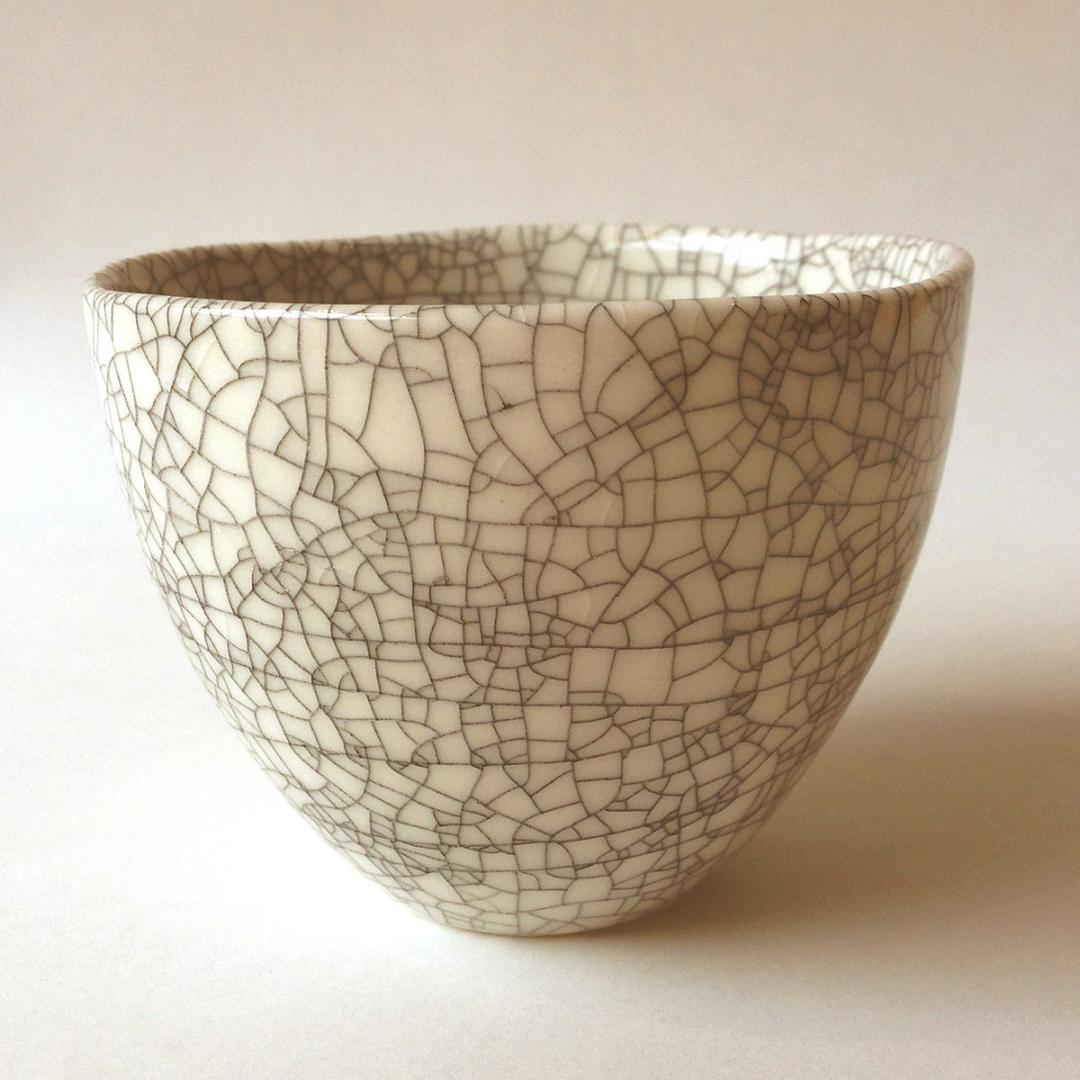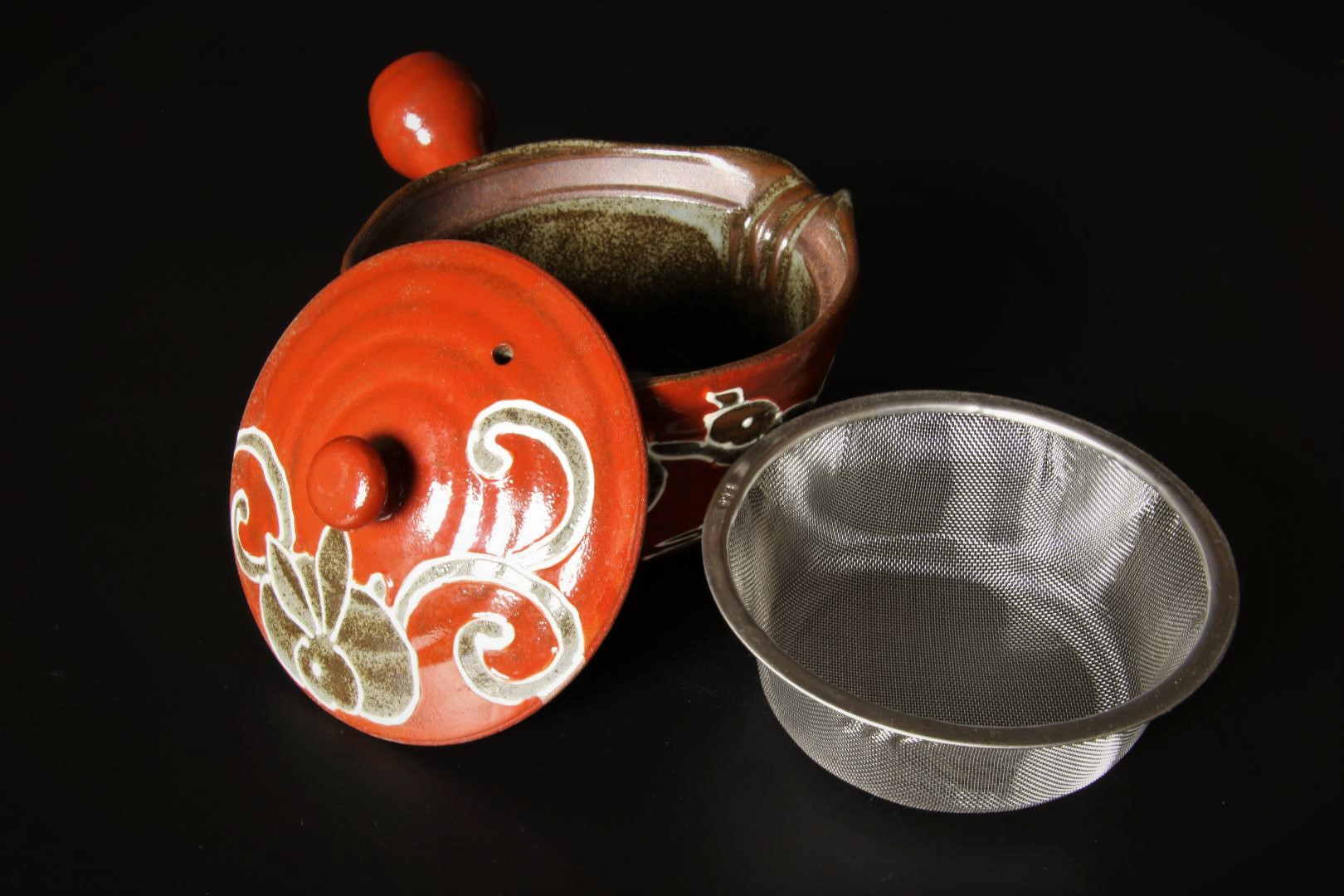Q: Is there any difference between pottery and porcelain?
TREATMENT AND MAINTENANCE
陶磁器のお手入れ
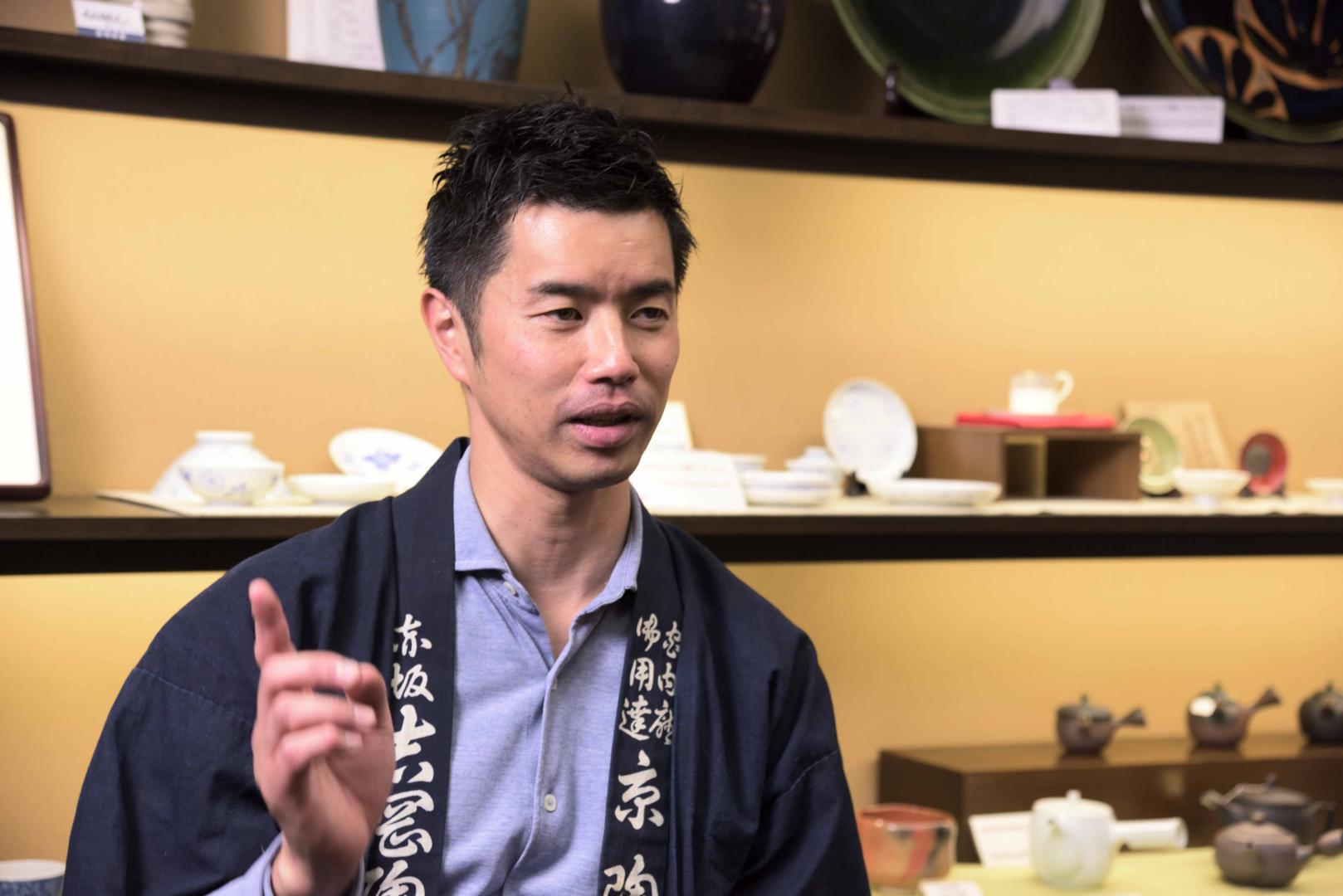
DIFFERENCE BETWEEN POTTERY AND PORCELAIN
A: Yes, they have different characteristics, so different treatment is required. Depending on the decoration and coating type, different types of ceramics require special treatment.
Pottery, also called earthenware, is made from clay with coarse grains. It is fired in a kiln at a lower temperature (1,000–1,300℃). It is less dense and more brittle than porcelain, and it makes a dull sound when it is hit. It is water-absorbent because even glazed pottery has invisible holes that may be the cause of odor and mold. Thus, pottery needs extra care.
Porcelain, on the other hand, is made from fine-grained white clay (kaolin). It is fired at a higher temperature (1,250–1,400℃). Its surface is white and smooth like glass. It makes a high-pitched sound when it is hit. It is non-absorbent and permeable. Therefore, you don’t need to worry about staining. Many porcelain pieces are microwave safe.
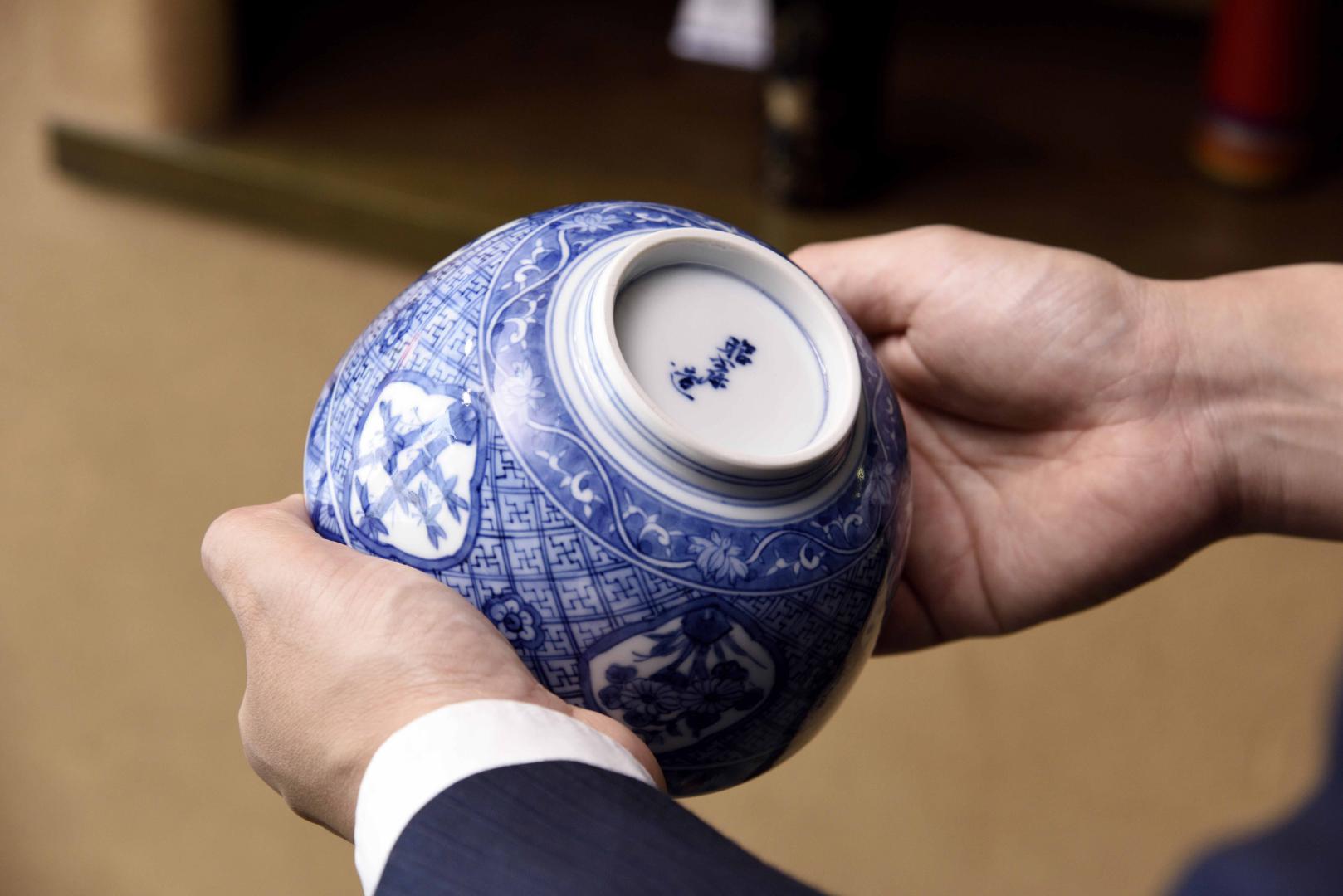
WHAT TO DO AFTER PURCHASING CERAMICS
Q: Is there anything I should do after purchase?
A: There are several things to do in order to keep your ceramics in best condition. First, check the bottom of the piece. If its surface is rough, you should polish it with fine abrasive paper or with friction using the bottom of another ceramic piece. If you leave it rough, it might scratch your table or other ceramics when they are stacked.
After polishing, boil it in water for 30 minutes. Then, let it cool completely. This will tighten the gaps between grains to firm up the pottery. This process is important to avoid odor and stains. Use water that has been used to wash rice to best fill in the gaps.
Porcelain is not water absorbent; you can use it without doing the above steps.
WHAT TO DO BEFORE USING CERAMICS
Q: Is there anything I need to do before using ceramics?
A: To avoid odor and stains, immerse your pottery in water before using it. There are gaps between the grains that allow odor and grease to enter, especially in soft clay like Kohiki and Yakijime styles. Porcelain does not require this step because it does not have gaps.
After gently wiping the pottery, you might see grayish dots on Kohiki ware and Kanyu (a deep crackled pattern) on the unglazed ware. This happens when the water penetrates the clay. It is one of the characteristics of the glaze, so no need to worry. This gives the pottery more character. When pottery contains water, the moisture makes it look more appealing. When using your pottery to serve deep fried foods such as Tempura, line it with paper.
[Microwave Use] If highly water-absorbent pottery is put in the microwave while containing water, it might damage the pottery due to the rapid increase in temperature. Also, putting overglazed ware in the microwave can damage both the ceramics and microwave.
HOW TO WASH POTTERY AND PORCELAIN
Q: Is there any difference between washing ceramics and other tableware?
A: It is recommended that you wash pottery immediately after using it to avoid odor and stains. When the food is greasy, gently wipe the surface before washing the pottery. Enamels and Goldglazing ware should be hand washed with a soft sponge or the paint may come off. Since pottery is more brittle than porcelain, soaking is not recommended. It might get damaged if it comes in contact with other tableware, and it could absorb odor and stains from other tableware while soaking. We recommend rinsing with hot water to remove grease from the surface and help it dry faster.
[Dishwasher Use] Using a dishwasher is not recommended because it can scratch the ceramics. If you do use a dishwasher, make sure the ceramics is not touching other tableware, and take sufficient time to dry it before storing.
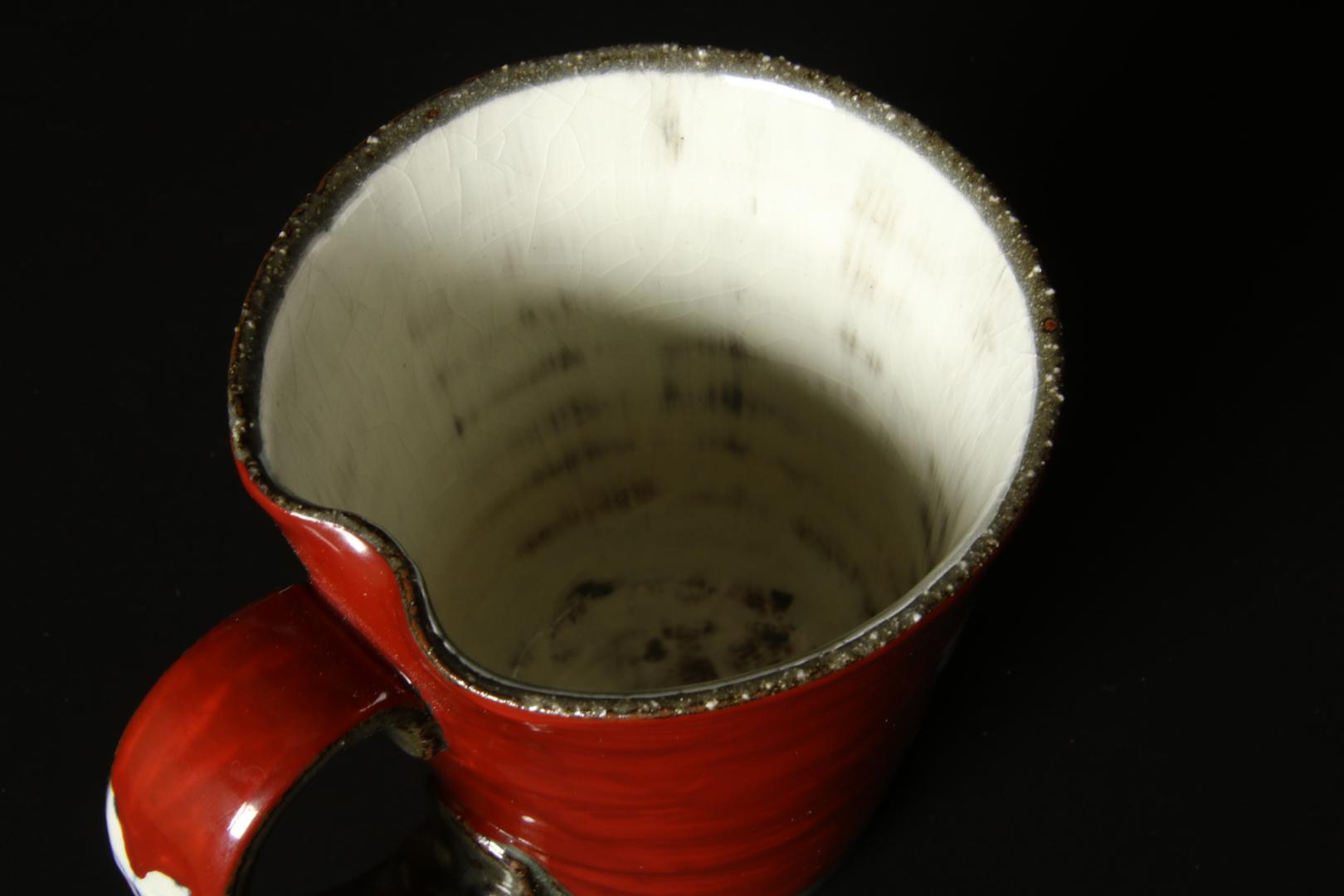
WHAT TO DO IF POTTERY HAS ODOR OR STAINS
Q: What if the pottery has an odor or stains?
A: If your pottery absorbed an odor, there are a couple of things you can try. 1. Put your pottery in water with lemon juice and boil it. Repeat this process 2-3 times as needed. 2. If the odor remains, immerse the pottery in sodium bicarbonate water for 12–24 hours. If the pottery still has an odor, repeat the first two steps 2–3 times.
If the pottery is stained or moldy on the surface or in the Kanyu (deep crackle pattern), bleach it immediately. Rinse thoroughly to avoid bleach from entering the raw clay in the case of water absorbent pottery.
Unfortunately it is extremely difficult to remove any stains after they have penetrated the raw clay.
HOW TO MAINTAIN POTTERY AND PORCELAIN
Q: Is there anything to do after using ceramics?
A: Please dry off the porcelain thoroughly. After wiping off water with a dish towel, leave the pottery in a well-ventilated place until it completely dries. It may look dry on the surface, but often the inside is still wet and it can obtain mold.
We do not recommend stacking ceramics because this might scratch them. If you need to stack ceramics, please use kitchen paper between each piece, and store them in a well-ventilated place.


